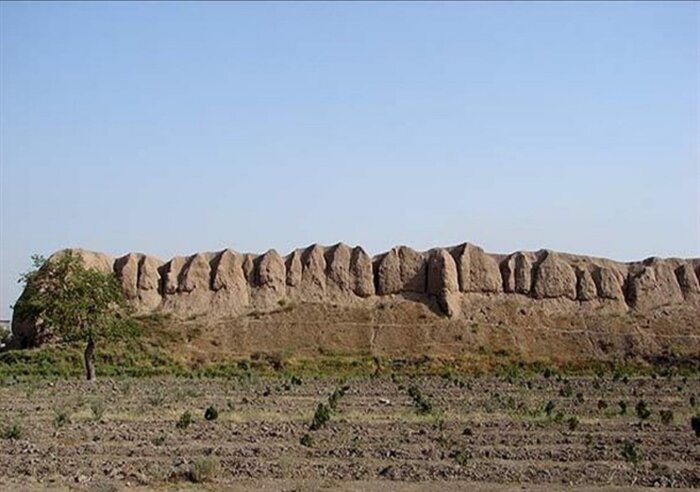Iraj Castle: A Sasanian Fortress in Iran
Visitor Information
Google Rating: 4.3
Popularity: Very Low
Google Maps: View on Google Maps
Country: Iran
Civilization: Unclassified
Remains: Military
History
Iraj Castle, located near the municipality of Ray in modern-day Iran, was constructed by the Sasanian civilization during the late 4th or early 5th century AD. This ancient fortress sits in an area historically significant as a communication and military hub in Greater Iran.
The fortress likely functioned throughout the Sasanian era as a major stronghold against nomadic incursions from the north. Archaeological findings, including pottery and administrative clay documents known as ostraca and bullae, confirm that the site was actively used and ultimately abandoned within this period. Iraj Castle’s military role encompassed serving as a base for campaigns, a training ground, and an assembly site for troops. Its location near crucial routes allowed it to control regional communications and defensive operations.
Historical travelers and scholars associate Iraj Castle with the citadel called Varena as mentioned in the Zoroastrian Vendidad, an ancient religious text. This identification is further supported by the castle’s name, which invokes Iraj, the son of the legendary king Fereydun from Iranian mythology. During the Sasanian period, the fortress was also linked to the House of Mihran, a powerful noble family with considerable influence in the empire. Despite its importance, the site fell into disuse by the end of the Sasanian era, with no later substantial rebuilding.
European archaeologists such as Jean Deshayes and Claeys studied the fortress in modern times, contributing to understanding its historical importance. Efforts to secure international heritage protection through UNESCO in 2008 were unsuccessful due to ongoing agricultural use within the site and issues related to preservation. Additionally, unauthorized digging has caused damage, with a notable incident occurring in 2018 at the northern entrance. These factors have complicated efforts to maintain the fortress’s integrity as a cultural monument.
Remains
Iraj Castle covers approximately 190 to 200 hectares, making it the largest known fortress made primarily of mud-brick (also called adobe) worldwide. Its rectangular enclosure measures about 1,440 meters by 1,150 meters, defining its vast scale as a pre-modern fortified military complex. The fortress is surrounded by massive walls reaching up to 16 to 25 meters in height and between 15 and 22 meters thick. These walls are reinforced by 146 to 148 semicircular towers spaced closely around all four sides, providing defensive strength.
Within the walls, about 828 small rooms are embedded in the thick structure, each roughly 12 square meters in size. These rooms connect through a network of corridors and include watchtowers, collectively capable of housing between 2,000 and 6,000 occupants permanently. The castle’s interior space is largely an open area, without lasting buildings, designed to accommodate temporary military encampments, training exercises, or large assemblies that could include up to about 50,000 warriors.
Originally, Iraj Castle featured four monumental gates—one on each side—but today only the main gate on the southern wall remains intact. Some sections of the exterior walls display decorative four-tiered arches between the towers, adding architectural detail to the imposing facade. Defensive ditches and outer trenches further protected the fortress perimeter. The construction utilized locally available mud-brick and clay bricks bonded with a mortar made from mud and brick material, characteristic of Sasanian engineering for large fortifications.
Visible ruins of wall-embedded rooms remain particularly in the northern and northwest sections, though many areas have suffered erosion and damage over time. Factors such as agricultural activity inside the enclosure, a modern irrigation canal, and unauthorized excavations have contributed to the site’s deterioration. Iraj Castle shares architectural and functional traits with other Sasanian military sites, including Qaleh Pol Gonbad in Iran, Torpakh Kala near present-day Derbent, and the siege camp at Hatra, as well as echoes of earlier fortresses like Akchakhan-Kala in Chorasmia. These parallels underscore its role as a central defensive and military facility during its period of use.





